When it comes to smoked meat, one of the most desirable features is the bark. The bark refers to the dark, flavorful crust that forms on the exterior of the meat during the smoking process. It adds depth of flavor, texture, and visual appeal to the finished product. But what exactly causes the bark to form? Let's explore.

Maillard Reaction
The main reason behind the formation of bark on smoked meat is the Maillard reaction. This chemical reaction occurs between amino acids and reducing sugars in the meat when exposed to high heat. As a result, a complex series of reactions takes place, leading to the browning and caramelization of the meat's surface.
During the smoking process, the meat is exposed to low, indirect heat for an extended period. This allows the Maillard reaction to occur gradually, resulting in the formation of the delicious and savory bark.
Smoke Deposits
Another factor that contributes to the formation of bark is the deposition of smoke particles on the meat's surface. As the smoke from the wood chips or pellets circulates around the meat, it carries various compounds, such as phenols and other flavor-enhancing molecules.
These compounds settle on the meat's surface, creating a layer that not only adds flavor but also aids in the development of the bark. The smoke particles react with the meat's proteins and sugars, further enhancing the Maillard reaction and contributing to the formation of the bark.
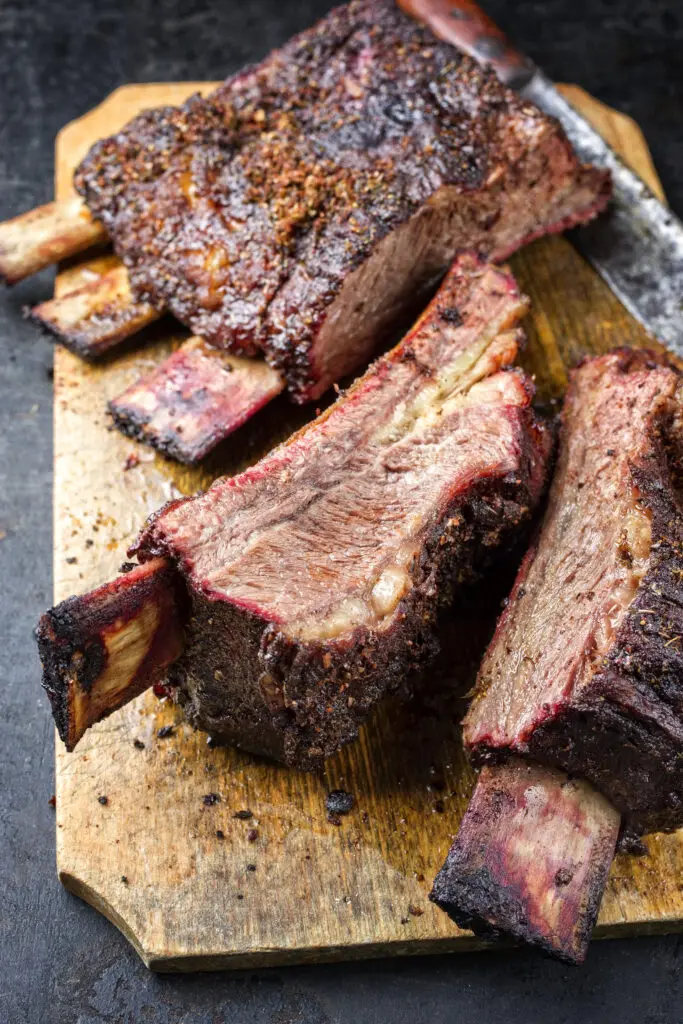
Moisture Evaporation
During the smoking process, the moisture within the meat slowly evaporates. As the moisture evaporates, it leaves behind a concentrated layer of flavors, proteins, and sugars on the surface of the meat. This concentrated layer plays a crucial role in the formation of the bark.
As the moisture continues to evaporate, the surface of the meat becomes drier, allowing the Maillard reaction to proceed more efficiently. The dry surface promotes better browning and caramelization, resulting in a more pronounced and flavorful bark.
Absolutely! The bark is not only visually appealing but also adds incredible flavor to the smoked meat. The concentrated flavors, caramelization, and smoky compounds present in the bark create a perfect balance of sweetness, savory notes, and depth of flavor.
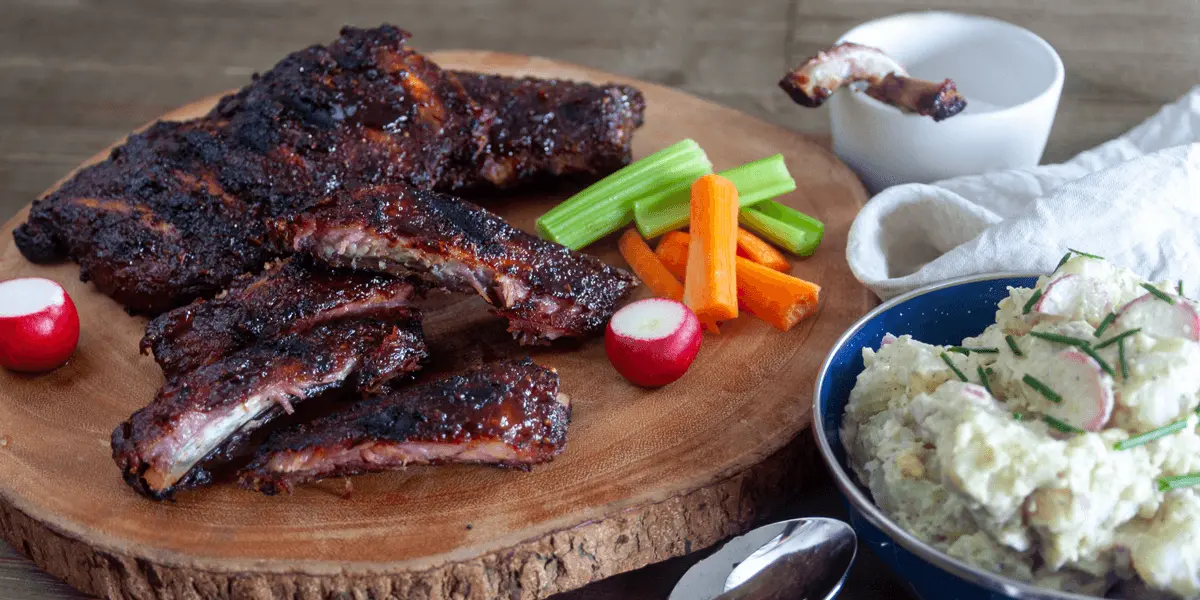
When you take a bite into a piece of meat with a well-developed bark, you'll experience a burst of flavors that can't be replicated in any other cooking method. The bark enhances the overall taste profile and elevates the enjoyment of smoked meat to a whole new level.
Yes, you can absolutely achieve a beautiful bark on meat using a pellet smoker. While pellet smokers are known for their convenience and ease of use, some pitmasters may wonder if they can still achieve the desired bark when using this type of smoker.
The key to getting a good bark on a pellet smoker lies in the initial stages of the cooking process. To develop a thick and flavorful bark, it's essential to start with dry meat. Patting the meat dry and allowing it to air dry in the refrigerator for a few hours before smoking can help remove excess moisture and promote better bark formation.
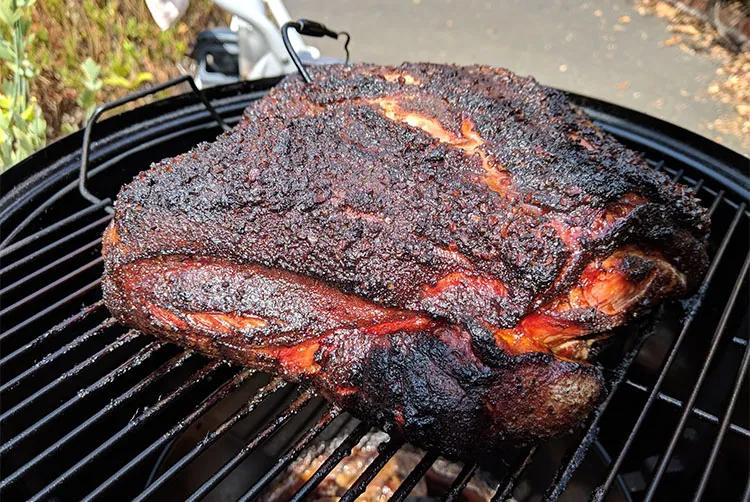
Additionally, it's crucial to choose the right smoking wood pellets that impart a rich and smoky flavor to the meat. Some popular wood pellet options for achieving a delicious bark include hickory, mesquite, and oak.
In the context of smoked meat, the term bark refers to the dark, flavorful crust that forms on the exterior of the meat during the smoking process. It is a combination of caramelization, smoke deposits, and concentrated flavors that elevate the taste and texture of the meat.
The bark adds complexity and depth to the overall flavor profile, providing a contrast to the tender and juicy interior of the meat. It is highly sought after by barbecue enthusiasts and is often considered a mark of well-smoked meat.
- Q: How long does it take to develop a good bark on smoked meat?
- Q: Can you achieve a bark on lean cuts of meat?
- Q: Can you eat the bark on smoked meat?
A: The time required to develop a good bark can vary depending on the type and thickness of the meat. On average, it can take anywhere from 1 to 3 hours.
A: While fatty cuts of meat tend to develop a more pronounced bark, lean cuts can still develop a decent bark if properly smoked.
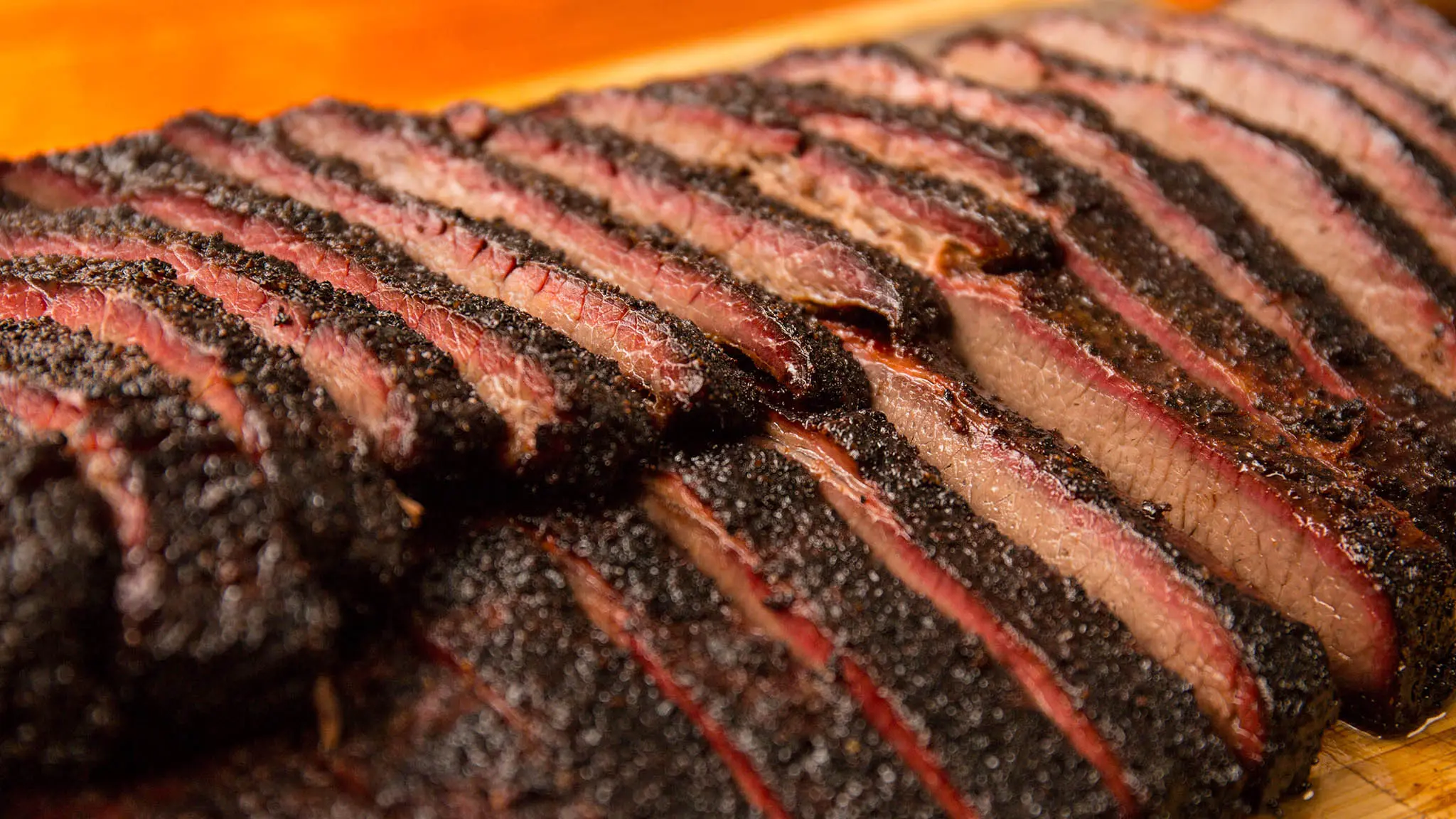
A: Absolutely! The bark is one of the most flavorful parts of the smoked meat and is meant to be enjoyed along with the rest of the meat.
The bark on smoked meat is a prized feature that adds incredible flavor, texture, and visual appeal. It is formed through the Maillard reaction, smoke deposition, and moisture evaporation during the smoking process. The bark enhances the overall taste profile of the meat, providing a balance of sweetness, savory notes, and depth of flavor. Whether you're using a pellet smoker or any other type of smoker, achieving a good bark is possible with the right techniques and attention to detail. So, fire up your smoker and enjoy the deliciousness of a perfectly smoked meat with a mouthwatering bark!
If you want to know other articles similar to The science behind the perfect bark on smoked meat you can visit the Smoking category.

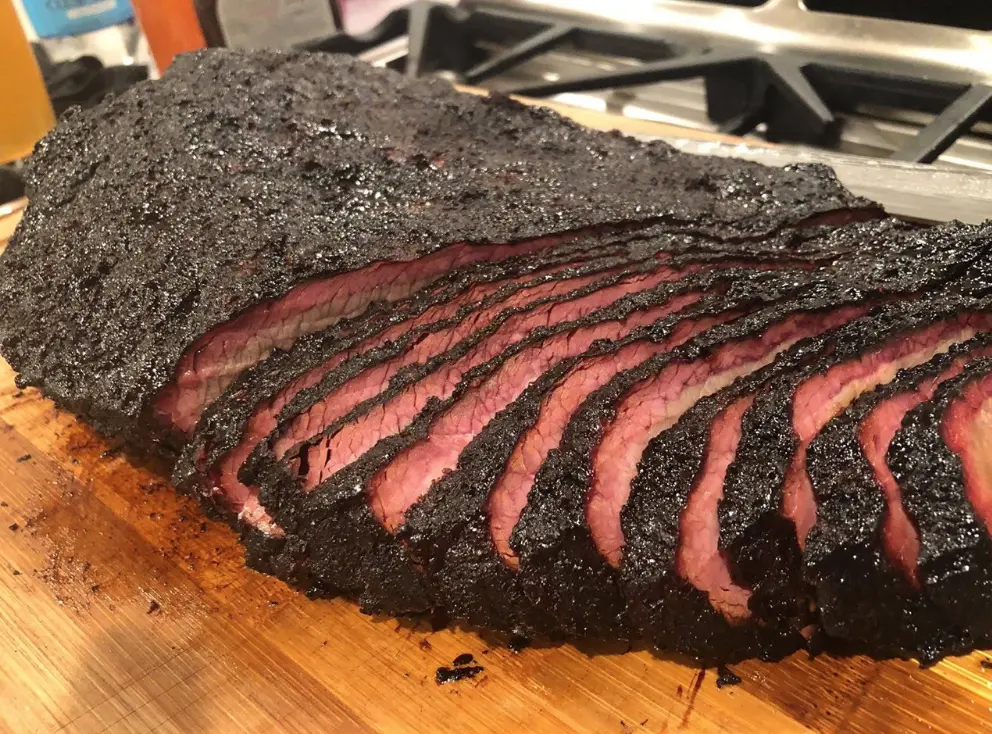
Related Articles